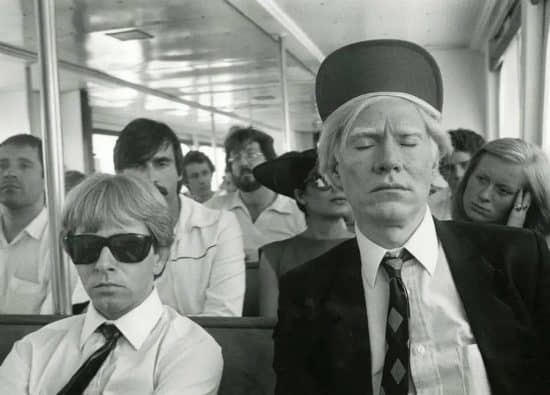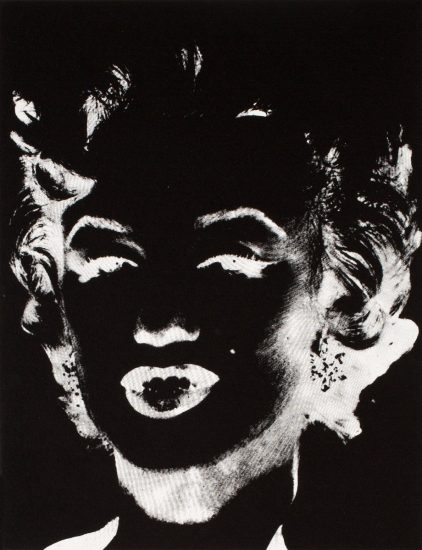Rupert Jasen Smith was an influential printer and collaborator who worked closely with Andy Warhol in the 1980s. Smith played a significant role in assisting Warhol with the production and dissemination of his iconic screenprints, contributing to the execution and technical aspects of the artworks.
Smith's collaboration with Warhol began in the early 1980s when Warhol was exploring new avenues of printmaking and expanding his artistic practice. Smith, with his expertise in screenprinting and knowledge of color separation techniques, proved to be an invaluable partner for Warhol during this period.

Working together, Smith and Warhol produced a series of vibrant and visually striking screenprints that became highly sought-after in the art market. Smith's technical proficiency allowed him to translate Warhol's artistic vision into precise and meticulous prints, ensuring that the final artworks maintained the integrity of Warhol's original designs.
One of the notable collaborations between Smith and Warhol was the creation of the "Reversals" series, in which Warhol explored the concept of negative and positive imagery. This series featured portraits of famous figures such as Marilyn Monroe, Queen Ntombi Twala of Swaziland, and Queen Margrethe II of Denmark, among others. Smith played a crucial role in the production of these prints, executing the complex color separations and printing processes necessary to achieve the desired effect.
In addition to the "Reversals" series, Smith worked closely with Warhol on various other projects, including the production of the iconic "Mao" and "Camouflage" series. Smith's technical expertise and attention to detail contributed to the consistent quality and visual impact of these prints, ensuring that they resonated with viewers and collectors alike.

Smith's collaboration with Warhol extended beyond the technical aspects of printmaking. He also assisted with the logistical and administrative aspects of the print production, including coordinating with publishers, overseeing the editioning process, and managing the distribution of the prints. Smith's involvement allowed Warhol to focus on his creative vision while entrusting the technical execution to a capable and trusted collaborator.
Rupert Jasen Smith's contributions to Warhol's artistic output were significant. His expertise in screenprinting and his understanding of color separation techniques brought Warhol's ideas to life in the form of vibrant and visually captivating prints. Smith's collaboration with Warhol not only ensured the technical precision of the artworks but also facilitated the efficient production and dissemination of the prints to a wider audience.

Furthermore, Smith's involvement in the production process added value to the prints as collectors recognized the craftsmanship and attention to detail in the collaborative works. The collaborative nature of their partnership challenged traditional notions of authorship and highlighted the importance of collaboration in the realm of contemporary art.
In conclusion, Rupert Jasen Smith's collaboration with Andy Warhol as a printer and technical collaborator was integral to the production and dissemination of Warhol's iconic screenprints. Smith's technical proficiency, attention to detail, and logistical expertise were instrumental in bringing Warhol's artistic vision to life and ensuring the high quality of the prints. Their collaboration not only expanded the possibilities of printmaking but also challenged the notion of authorship in contemporary art. The partnership between Smith and Warhol left a lasting impact on the art world, contributing to the enduring legacy of Warhol's iconic screenprints.

